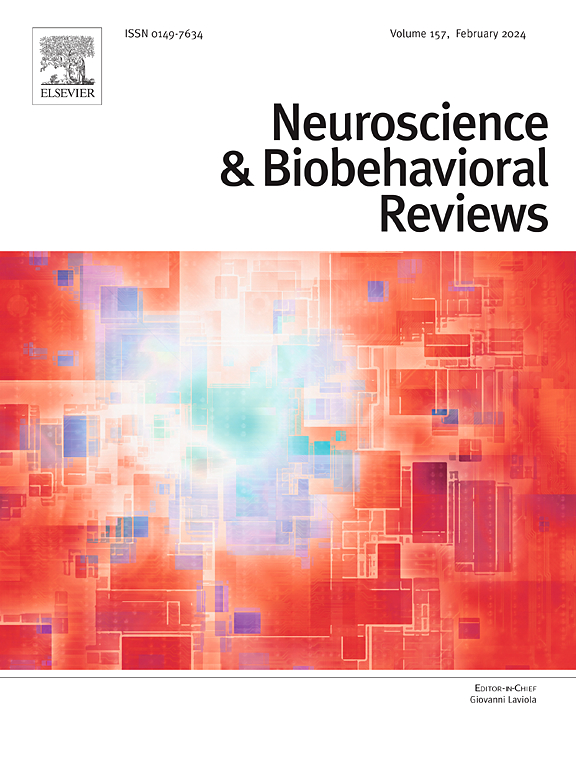哺乳动物空间导航的分类学:来自计算建模的见解。
IF 7.9
1区 医学
Q1 BEHAVIORAL SCIENCES
引用次数: 0
摘要
空间导航是几乎所有动物的重要认知过程,依赖于复杂的神经元机制来提取、处理和作用于空间表征。为了促进对空间导航及其神经机制的理解,Parra-Barrero等人(2023)提出了基于广泛的行为和神经研究的空间导航过程分类。这些过程按层次结构分为两个层次,导航策略在顶部,行为在底部。在此分类的基础上,我们回顾了哺乳动物空间导航的计算建模研究,概述了当前的技术状况,并进一步分析了所提出的分类中的导航过程。我们特别关注导航过程所需的表示,这些表示是如何提取的,以及执行每个策略和行为所需的计算。我们认为,理解智能体正在使用的表示和计算的关键在于测试它们泛化到新情况的能力。我们确定了三种与导航相关的泛化类型,并分析了当前计算模型能够实现这些泛化类型的程度。我们的综述表明,虽然在导航建模方面取得了重大进展,但在哺乳动物空间导航建模和充分理解方面仍有大量工作要做。本文章由计算机程序翻译,如有差异,请以英文原文为准。
A taxonomy of spatial navigation in mammals: Insights from computational modeling
Spatial navigation is a vital cognitive process in nearly all animals, relying on complex neuronal mechanisms to extract, process, and act upon spatial representations. To advance the understanding of spatial navigation and its neural mechanisms, Parra-Barrero et al. (2023) have proposed a taxonomy of spatial navigation processes based on extensive behavioral and neural studies. These processes are hierarchically organized in two levels with navigation strategies at the top and behaviors at the bottom. Building upon this taxonomy, here, we review computational modeling studies on spatial navigation in mammals to provide an overview of the current state of the art and further analyze the navigation processes within the proposed taxonomy. We specifically focus on the representations required by navigation processes, how these representations are extracted, and the computations necessary to execute each strategy and behavior. We propose that the key to understanding what representations and computations are being used by agents lies in testing their ability to generalize to novel situations. We identify three types of generalization relevant for navigation and analyze to what extent current computational models are capable of achieving these types of generalization. Our review shows that while significant progress has been made in modeling navigation, substantial work remains to model and fully understand spatial navigation in mammals.
求助全文
通过发布文献求助,成功后即可免费获取论文全文。
去求助
来源期刊
CiteScore
14.20
自引率
3.70%
发文量
466
审稿时长
6 months
期刊介绍:
The official journal of the International Behavioral Neuroscience Society publishes original and significant review articles that explore the intersection between neuroscience and the study of psychological processes and behavior. The journal also welcomes articles that primarily focus on psychological processes and behavior, as long as they have relevance to one or more areas of neuroscience.

 求助内容:
求助内容: 应助结果提醒方式:
应助结果提醒方式:


